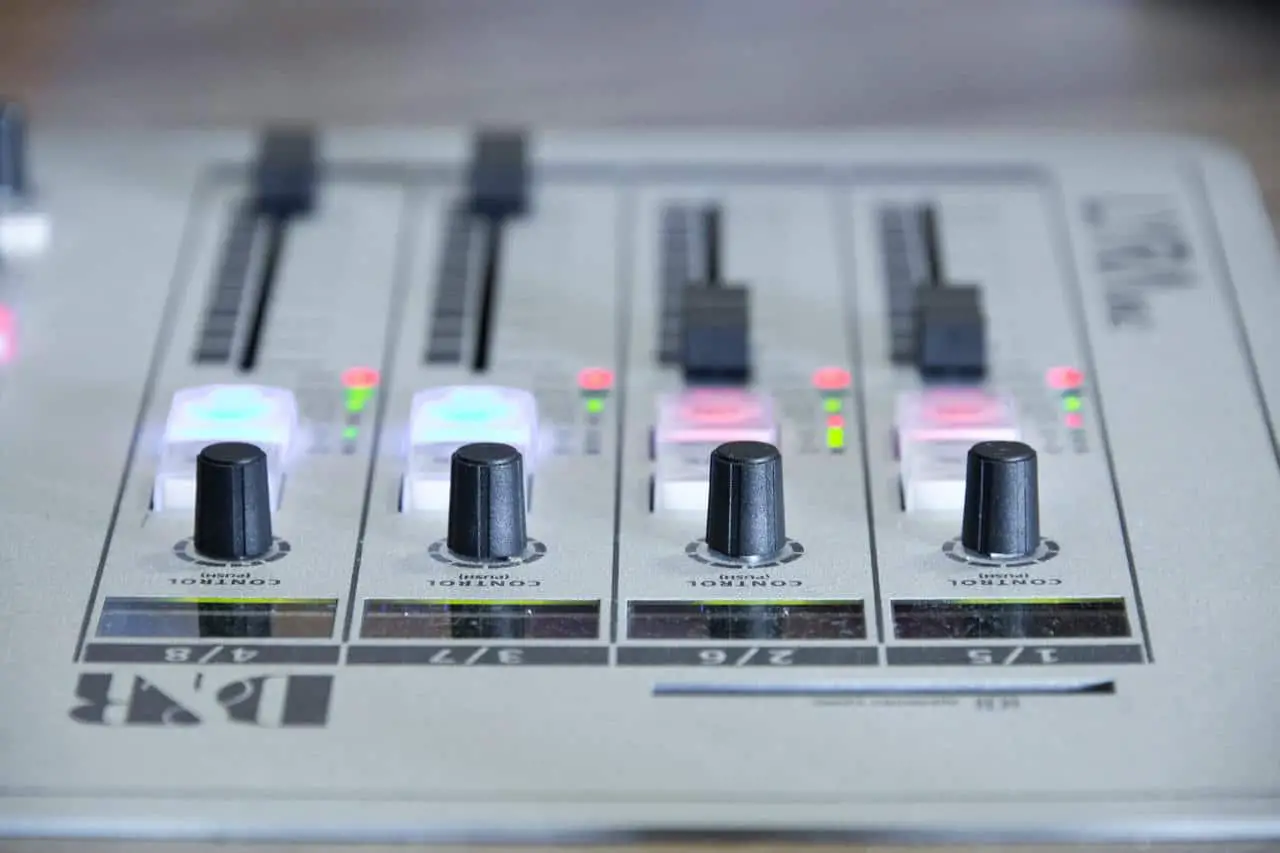One thing you have to deal with when delving into the world of amateur radio is the terminology. Words like ‘frequency’ and ‘bands’ get tossed around with little to no definition, and someone who knows absolutely nothing about ham radio might hear about bands and think it refers to a musical act. So what exactly is bands and frequency and how does it all relate to amateur radio—in a way even someone who knows nothing about radio can understand?
Radio waves are on the spectrum of electromagnetic light
When you start getting involved in ham radio, it’s important to have a basic understanding of the terminology or you’ll find yourself completely lost trying to follow someone’s instructions. Whether looking around on online forums or reading the manual for your radio itself, if you don’t know how your radio works, then you aren’t going to know what half the instructions even mean. Get yourself comfortable with the basic terminology first, and work yourself out from there. And to learn the terminology, just follow along from the broad idea to the smaller sections.
The Electromagnetic Spectrum
Light is not always visible, that’s a key takeaway. If you’ve taken an eighth-grade science class, you know what the basic electromagnetic spectrum of light looks like. It’s that chart that ranges from gamma rays at the top to radio waves, and the visible light smacked dab in the middle. It’s the reason some people still believe standing too close to the microwave is going to give you cancer. The truth is, these waves have always been around us. Electricity wasn’t invented by man, it’s a part of nature. The only reason anything outside of visible light wasn’t known about before now is that mankind hadn’t developed a technology that could read it. Electromagnetic light is measured by the frequency of waves. Very simply, on a scale of slow to fast, it reads like this:
1. Radio
2. Microwave
3. Infrared
4. Visible Light
5. Ultraviolet
6. X-rays
7. Gamma Rays
As you can see, both radio waves and microwaves are at the slow end of the spectrum. But what does it mean by slow? That’s how the frequencies are measured.
Waves and Frequency
A single wave of electromagnetic light can be visualized as an actual wave of water in the ocean. The wave hits its crest, its highest point. Then it dips and comes to a crest again. The time in between in the frequency. So slow waves, such as radio waves, have a longer time in between crests than faster waves, such as X-rays. Though, keep in mind, ‘speed’ is relative. Electromagnetic waves travel at the speed of light, which as we all know, is fast. The distance a radio wave travels in 1 second is 299,792,458 meters—or 983,571,056 feet. That single unit of speed is referred to as 1 Hertz. Hertz, or Hz, is named after Heinrich Hertz, the man who first generated radio waves. The frequency of radio waves runs between 3 Hz to 3 THz—Terahertz.
The Radio Bands
Radio frequency is called the RF spectrum, so think of it as
zooming in on the electromagnetic spectrum until only those radio waves are
visible. There are approximately 12 bands in radio frequency, some with such
entertaining names as ‘Super Low Frequency’ and ‘Tremendously High Frequency’.
For the purposes of an amateur radio operator, the bands you need to know are
as follows:
1. HF, or High Frequency. 3-30
MHz (Megahertz). Also called shortwave bands.
2. VHF, or Very High Frequency. 30-300 MHz.
3. UHF, or Ultra High Frequency. 300 MHz-3 GHz (Gigahertz).
There are rules set in place for those who can broadcast on what bands. It is this kind of information you’ll get when taking the licensing test. Some high-frequency bands want the use of Morse code only, for example. Some bands are more optimal during daytime use, such as 25 MHz, while some are better during the night. Some bands are channelized, some are not. Getting to know the radio bands isn’t something you can do by study along, however. Unless you start traveling through the frequencies yourself, you’ll never get a good grip on what kind of content hangs out on which bands.
The Use of Repeaters
Repeaters do what their name suggests, they repeat the signal. By setting repeaters up on high ground, such as hilltops, a repeater receives a low-level transmission and rebroadcasts it to a higher level to cover a longer distance. They’re helping to boost the signal if you live in a more rural area. They are usually operated by other ham radio operators. Getting involved in the community of other operators can help you learn where to find the repeaters if you want them.
Related Questions
How do you know which bands to check?
A pretty basic rundown for American radio bands is on ARRL.org, under Band Plans. There, you can find resources such as sharing arrangements and phone patch operating guidelines. It also gives a rundown of what kinds of content you can find on the bands, but it is all in technical terms. If you don’t know off the top of your head what ATV stands for, you’ll get lost very quickly. It stands for amateur television, which some hams have been experimenting in. There are so many other acronyms and shorthand, however, that trying to understand it with a basic knowledge isn’t going to get you far enough. If you do take a cursory glance at the band plans, you’ll notice that they are not as defined as you might expect. For example, it doesn’t tell you where the hams like to hang out and chat. That’s the kind of thing you need to discover for yourself while searching the frequencies.
Does ‘ham’ stand for anything?
If we’re going into terminology, then shouldn’t we know what HAM stands for? Actually, it doesn’t stand for anything. The use of ham as shorthand for amateur radio actually began back in the early days of radio transmission, when it was meant as an insult and short for ham-fisted. For a long time, referring to amateur radio as ham radio was actually a derogatory term. But somewhere along the line in the early 20th century, the amateur radio community underwent a grand reclamation of the phrase, and now it is the most commonly used name. Nobody involved in amateur radio even calls it that anymore, only outsiders. Its ham radio and the operators are hams. Most don’t even remember the origins of the name. There have been a few suggestions popping up over the years that claim ‘ham’ means something else, such as an acronym for Hertz-Armstrong-Marconi, named for three pioneers, but this isn’t the case.
Do I need to know this information for the licensing exam?
Well, there’s nothing stopping you from going into the
licensing exam completely blind. Already by reading this article you should
have a basic understanding of how the bands work. And you’ll learn a lot
through the licensing exam itself. But remember that you don’t need a license
to own a ham radio, or to listen with one. So it could be worth a lot to spend
time just listening and learning from the culture before taking the test. There
are plenty of hams who talk about nothing but the ins and outs of ham radio, so
there’s a lot to be learned. You could be an expert already by the time you
take the exam. And it doesn’t keep you from trying again if you fail, so
there’s really nothing stopping you from just doing it.





